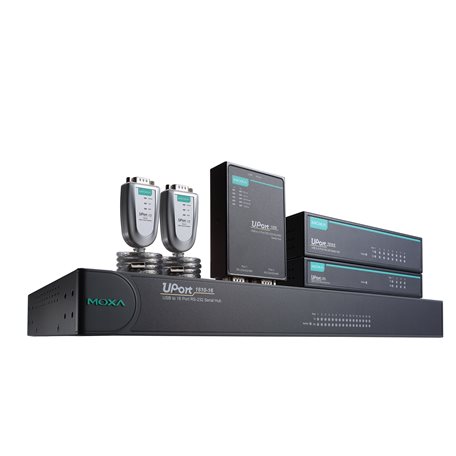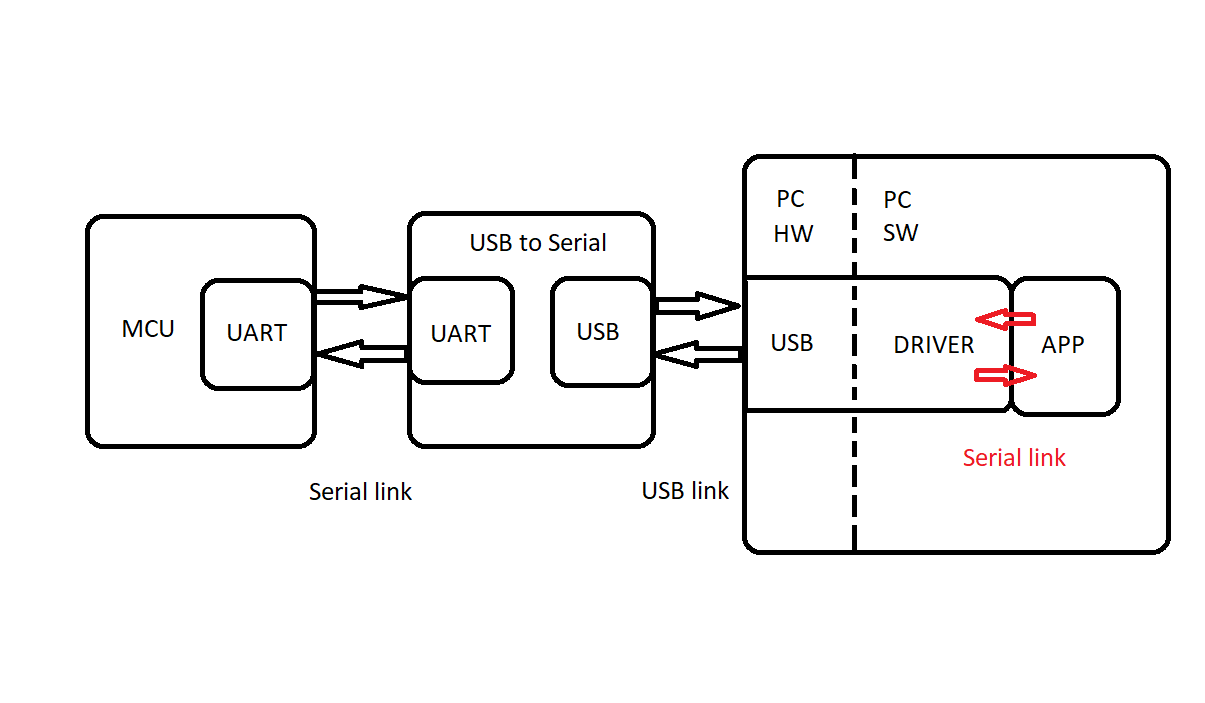Serial & USB Connectivity

RS232 is an universal and commonly used serial interface when it comes to industrial device & equipment. We offer complete communication solutions for almost any industrial hardware involving serial interfaces including PLC, IED, various type of sensor & detector, RTU, meter, console and many more. In short, we offer USB to Serial Converter, Serial to Fiber Converter and also the MultiPort Serial Board.
How Does Serial to USB Works?
Few older devices use USB connectors, but most modern computers use this type of port to transfer data. By using a USB to serial adapter, you can continue to use your older serial-enabled device through your new computer's USB port. These cables are also referred to as USB to serial cables and are sold at electronics specialty stores.
USB to serial adapters are cables that convert the data sent by a serial-enabled device for use by a USB port. The serial end has a several common is DB9 and DB25 connector, which plugs into the serial device. The USB connector plugs into the computer's USB port or a connected USB hub. The data that are transmitted by the serial device are sent directly to the USB port, where it is passed to software to interpret it.

Each adapter have a driver installer, which must be installed before the cable is used. The software creates a virtual serial port. As data are transmitted through the USB port, they come in as a serial signal. The USB port can recognize the information, but can't do anything with it, since it is not a USB signal. The USB port sends the data to the installed software, which searches for the serial data and interprets them for use by other computer programs. When information is sent to the serial device, it performs the same operation in reverse.
Why using Serial to Serial Converter in Your Application?
RS stands for Recommended Standard is use to classify or justify the architecture of the way it communicate, the number of cores, the distance communication can reached to destinations, etc.
The table shows the main differences between RS-232, RS-422 and RS-485 interfaces.
| Port name | RS-232 | RS-422 | RS-485 |
|---|---|---|---|
| Transfer type | Full duplex | Full duplex | Half duplex (2 wires), full duplex (4 wires) |
| Maximum distance | 15 meters at 9600 bps | 1200 meters at 9600 bps | 1200 meters at 9600 bps |
| Contacts in use | TxD, RxD, RTS, CTS, DTR, DSR, DCD, GND* | TxA, TxB, RxA, RxB, GND | DataA, DataB, GND |
| Topology | Point-to-Point | Point-to-Point | Multi-point |
| Max. Number of connected devices | 1 | 1 (10 devices in receive mode) | 32 (with repeaters larger, usually up to 256) |
There several reasons to change the communications of the serial interface:
- Expand the serial communication distance
- Integrate non support serial interface with application requirement
- Reduce programming works by optimize software application process with hardware
Products Include :
Industrial USB
Serial Media Converters
MultiPort Serial Boards
Surge Protector
Embedded Networking